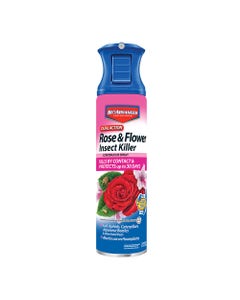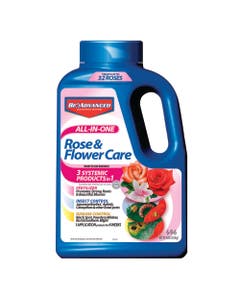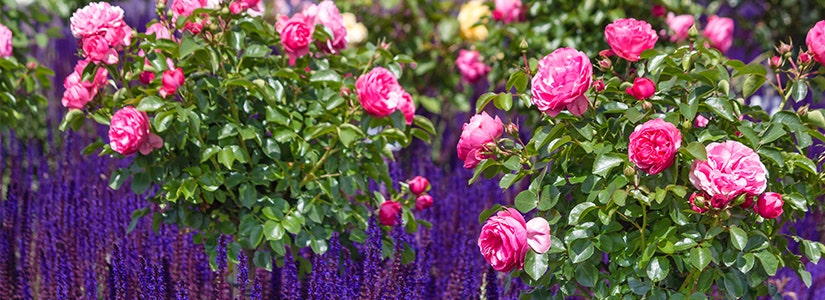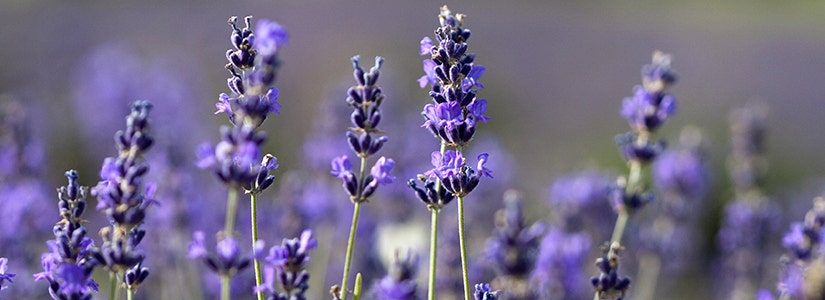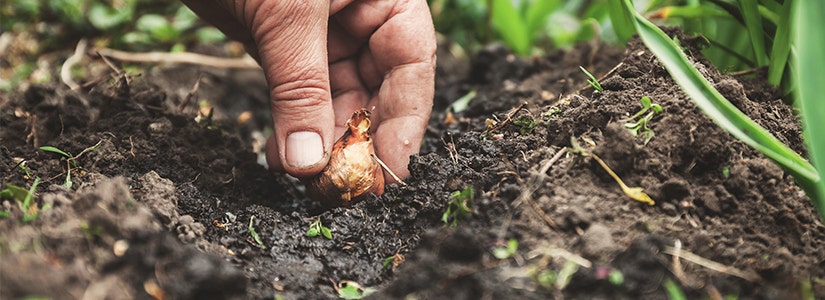

- Home
- Solution Center
- Learn
- Rose & Flower
- Growing A Spring Blooming Bulb
Growing A Spring Blooming Bulb
The beauty of spring-flowering bulbs is more than skin deep. Bulbs boast an easy-grows-it personality, requiring minimal effort to plant and maintain. They also blend well with other plantings, so you can incorporate them into existing landscapes. Better still, many of these spring bloomers are perennial, returning year after year to fill the garden with vivid hues. Learn what you need to know to succeed with spring bulbs.
Timing
- Regions with cold winters: Plant bulbs before mid-November to give them ample time to root before the ground freezes. If you miss that date, don't worry. You can plant bulbs as long as soil isn't frozen.
- Warm regions, including Zones 9 and 10: To enjoy spring bulbs like Tulip, Hyacinth and Crocus, provide them with 8-10 weeks of cold. Store bulbs in the refrigerator in a sealed container, or purchase pre-chilled bulbs. Treat chilled bulbs as annuals, replacing each year. Anemone, Daffodil, Dutch Iris, Freesia and Ranunculus don't need chilling. In warm zones, plant bulbs in December or early January.
Buying
Choose plump bulbs that are firm to the touch. Spongy, moldy or withered bulbs won't grow well. Bigger bulbs yield more blossoms.
Site
Most bulbs thrive in full sun. When considering planting locations, don't overlook areas beneath deciduous trees. Leaves won't be present in spring, so bulbs will receive sun.
Soil
Bulbs need well-drained soil to grow. Improve drainage in clay soils by working organic matter – such as compost, rotted manure or peat moss – into the top 12 inches. Poor summer and winter drainage kills spring-blooming bulbs.
Fertilizer
A bulb is basically a big root, and roots thrive on phosphorus. Because phosphorus doesn't move well in soils, it's important to add it to the base of planting holes so roots will encounter it as they grow. Use a bulb fertilizer to supply the necessary phosphorus along with other nutrients needed to fuel a strong flower show.
Planting
- Place bulbs into planting holes pointy side up. You may see a small shoot on the pointed side and root remnants on the flatter bottom. If you can't tell which end is up, plant the bulb on its side.
- Bury bulbs to a depth equal to three times the diameter. For large bulbs (Daffodil, Tulip), that's roughly 6-8 inches deep. For small bulbs (Crocus, Grape Hyacinth), that's roughly 3-5 inches deep.
Pests
Pests may bother bulbs after planting, over the winter or when bulbs are growing. Outsmart most bulb-eating critters by planting bulbs they dislike, such as Daffodil, Hyacinth, Scilla, or Allium.
- Post-planting pests: Digging squirrels and chipmunks may unearth bulbs for munching. To prevent, treat bulbs with a repellent prior to planting or cover soil with chicken wire or bird netting. Sometimes planting through ground covers or herbs helps.
- Winter pests: Don't blame moles for bulbs chewed over winter. The real culprits are gophers, voles and field mice, which use mole and chipmunk tunnels. To prevent, plant bulbs inside a hardware cloth "cage," or surround bulbs with sharp rocks or crushed oyster shells.
- Growing pests: Deer especially enjoy Tulips and Lilies. To prevent, use repellents, plant other bulbs or build a fence.


